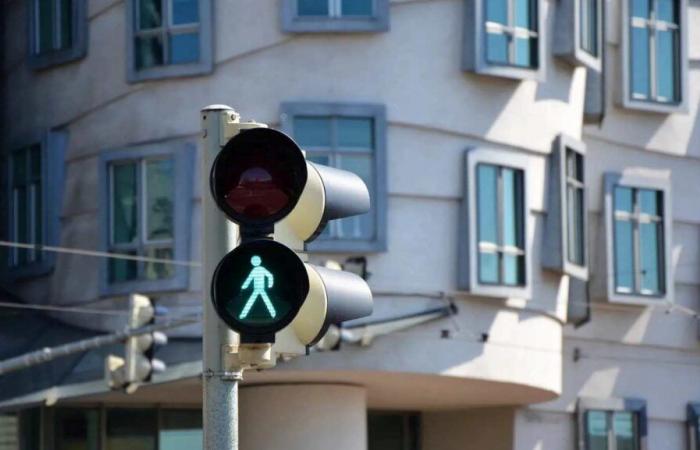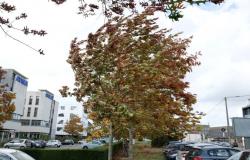Prague is embracing a new AI-powered traffic control system, promising to revolutionize traffic management across the city.
Developed by the Technical Administration of Communications (TSK) and funded by the European Union, this system will adapt traffic lights to current conditions in real-time, reducing congestion and improving overall traffic flow.
This new approach aligns Prague with global cities like London and Bostonwhich have also adopted AI to tackle complex urban traffic challenges.
Smart Traffic Management: How AI Enhances Prague’s Traffic Signals
The new AI-based system intelligently optimizes traffic light timings to ensure the smoothest passage for vehicles and public transportation alike.
Unlike the previous static system, where each intersection followed a fixed pattern, AI now dynamically adapts to actual traffic conditions.
By continuously assessing real-time data and learning from previous traffic patterns, the AI system reduces delays and the number of stops, leading to shorter travel times for all road users.
The system’s initial phase included testing at intersections along Patočkova Streetwhere the AI’s integration with Prague’s existing telematics and sensor networks was evaluated in real-world conditions. Results from the pilot confirmed that the AI could smoothly handle changing traffic situations and respond to unforeseen challenges, indicating its potential to manage Prague’s intersections more effectively.
Key Benefits of the AI Traffic Control System
- Optimized Traffic Flow: The AI system minimizes stops and wait times, prioritizing specific transport modes such as trams, buses, and emergency vehicles. This is expected to improve response times for emergency services across Prague.
- Real-Time Information and Predictions: With comprehensive data from area-wide detectors and an integrated traffic model, the system makes short-term predictions and adjusts traffic lights accordingly, facilitating smoother traffic flow for cars, trams, buses, cyclists, and pedestrians alike.
- Improved Efficiency and Time Savings: Unlike previous systems that required complex programming for each intersection, the new AI-based approach allows traffic operators to adjust settings without elaborate coding. Changes are implemented immediately, making traffic management more flexible and efficient.
- Flexible Traffic Prioritization: The system allows operators to adjust the “importance” of different road users (cars, buses, cyclists, pedestrians) throughout the day, adapting traffic lights to best serve peak travel times and demands.
- Automatic “Green Wave” Functionality: By constantly monitoring traffic conditions, the AI system can create a “green wave” to favor the heaviest traffic flow, reducing stops and easing congestion in high-demand areas.
Would you like us to write about your business? Find out more
Support Prague Morning!
We are proud to provide our readers from around the world with independent, and unbiased news for
free.
Our dedicated team supports the local community, foreign residents and visitors of all nationalities
through our website, social media and newsletter.
We appreciate that not everyone can afford to pay for our services but if you are able to, we ask you to
support Prague Morning by making a contribution – no matter how small ???? .






